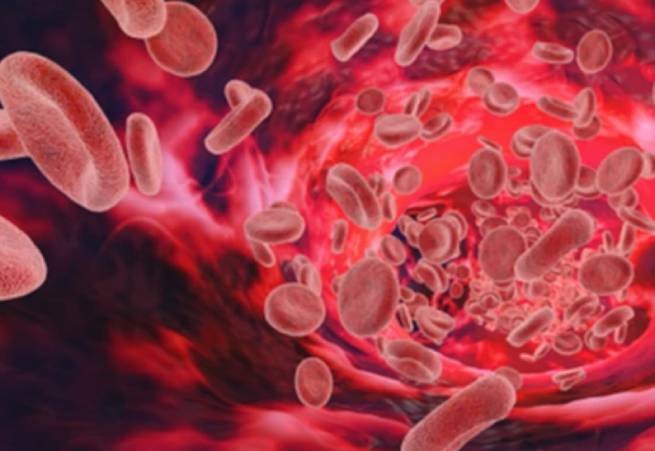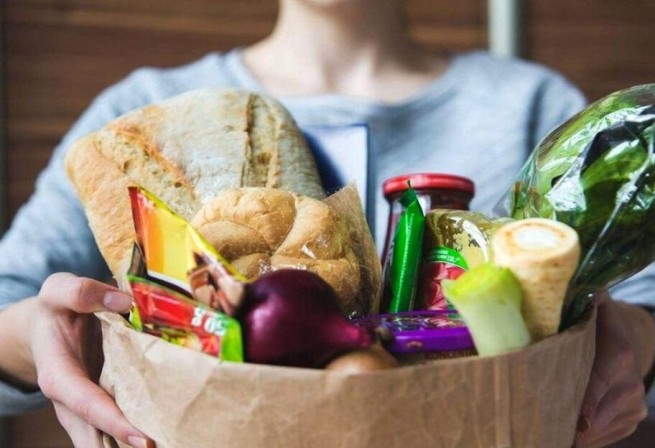When a pot of stewed vegetables costs as much as a piece of pork or, for example, stuffed peppers with cheese – as much as beef, and a kilogram of beans as much as half a chicken, changes in the daily diet of Greek citizens are inevitable, especially for low-income families .
A typical example is the price of large (bulgarian) peppers, which cost roughly the price of pork in 2020 (about 2.40 euros per kilogram) or a pound of chicken today.
Published from time to time polls show what about seven out of ten consumers have reduced their spending on even the most basic products. But this does not mean that consumption is reduced by 70% or that the reductions apply to all food and other basic goods. In these studies no more details on cuts by product category or specific products.
The publication “ΤΑ ΝΕΑ Σαββατοκύριακο” analyzed the available data ELSTAT regarding the calculation of the general consumer price index. The method is approximate and the information would be more accurate if there was the same classification for each period along with a breakdown by product category. However, the main findings of the study are:
- Since 2021, when prices began to rise, food prices have risen by about 37% to date, and the reduction in costs (in volume) is estimated at about 10%. But the percentage varies depending on the food category. For example, consumer purchases of fruit fell by 12%, vegetables by 11%, legumes by 15% and olive oil by 10%.
- Purchases of ready meals in 2022 increased by 23% compared to 2021, according to representatives of supermarkets and research companies. This growth was observed in all categories of prepared meals, with the highest growth recorded in frozen meals, at 29%.
- July 2022-July 2023 cumulative food inflation was 29.9%, which appears to have led to an 8% decrease in consumption. The largest increase in prices affected bakery products, meat, fish, milk, eggs, oils, vegetables and fruits.
- The decrease in consumption is observed in many goods (products) of prime necessity. Consumers, in order to reduce costs, replace more expensive products (per piece or per kilogram) with cheaper ones.







More Stories
The Greek Tax Administration sent out "letters" 20,000 taxpayers who "forgot" declare income
Tax returns 2024: which income is exempt or subject to special tax
Tax returns: platform open for legal entities